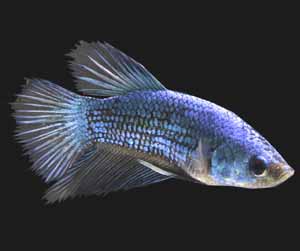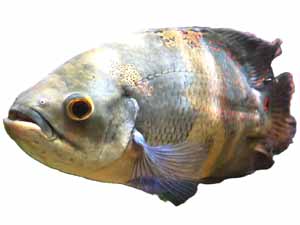Adding a home aquarium to your living space can bring a touch of tranquility and natural beauty into your home. The mesmerizing dance of colorful fish and the gentle bubbling of water can create a soothing atmosphere that reduces stress and enhances the aesthetic appeal of any room.
However, before you dive into the world of aquarium keeping, there are several important factors to consider ensuring the well-being of your aquatic pets and the overall success of your aquarium endeavor.
What are the Factors to Consider Before Buying a Home Aquarium
Here are the most important factors to consider before buying a home aquarium:
1. Size and space
The first and most crucial decision to make is the size of the aquarium. Consider the available space in your home and choose an aquarium size that fits comfortably without overwhelming the room.
Larger tanks are generally more stable and offer a wider range of fish and plant options, but they also require more maintenance and resources. You can get assistance and advice from experts like koi to get guidance on the best size to get.

2. Budget
Setting a budget is essential as aquariums can range from affordable to quite expensive. Your budget should not only cover the initial setup costs but also ongoing expenses such as fish, equipment, maintenance, and potential medical treatments for your fish.
3. Type of aquarium
Decide whether you want a freshwater or saltwater aquarium. Freshwater setups are generally easier for beginners, as they are more forgiving in terms of water chemistry and maintenance. Saltwater setups, while more complex, offer a stunning variety of marine life and vibrant colors.
4. Research
Educate yourself about different fish species, their compatibility, and their care requirements. Some fish are territorial, while others thrive in schools. Understanding the needs of your chosen species will help you create a harmonious environment.
5. Filtration and equipment
Investing in a reliable filtration system is crucial for maintaining water quality. Research different filtration options and choose one that suits the size of your tank and the type of fish you intend to keep.
Additionally, consider equipment like heaters, lighting, and aerators based on the specific needs of your aquarium.
6. Cycling the tank
Before adding fish, your tank needs to go through a process called “cycling.” This establishes beneficial bacteria that break down harmful ammonia and nitrites produced by fish waste. Cycling can take several weeks, so be patient and ensure a stable environment for your fish.
7. Maintenance routine
Regular maintenance is key to a thriving aquarium. Develop a routine that includes water changes, filter cleaning, and monitoring water parameters like temperature, pH, and ammonia levels. A consistent maintenance schedule will prevent potential problems and ensure the health of your aquatic inhabitants.
8. Fish compatibility
Not all fish get along. Some species are aggressive, while others are more peaceful. Research compatible fish species to create a harmonious community. Avoid overstocking the tank, as itcan lead to stress, disease, and poor water quality. You can consider getting professional guidance on fish compatibility from experts like koi.
9. Quarantine tank
Consider setting up a quarantine tank before introducing new fish to your main aquarium. This helps prevent the spread of diseases and ensures that any newcomers are healthy and acclimated before joining the community.
10. Patience
Aquarium keeping requires patience. Your tank will evolve over time, and it might take a few months for your aquatic ecosystem to reach a balanced state. Rushing the process can lead to stress for both you and your fish.







Where to buy a glass one in North Carolina?
You can easily buy online. Just place an order on Amazon. Thanks!